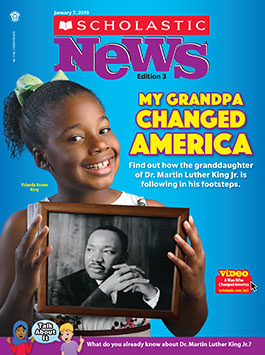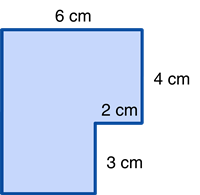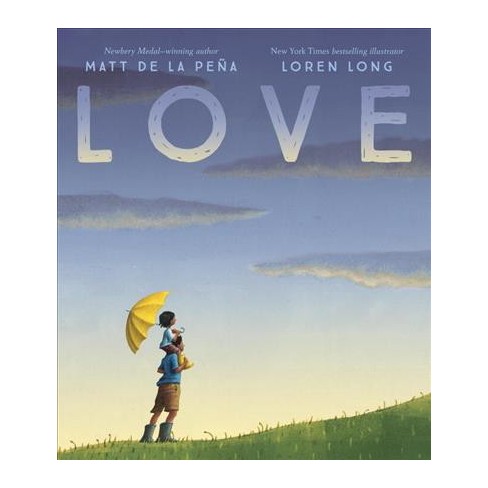It is snowing outside and I am sitting indoors with a fire in my fireplace and a warm blanket. I hope everyone is enjoying their long weekend.
Here is an update of what is going on in Room 102.
Puritans
We read about the next group of settlers to the New World. The Puritans came in 1630, just 10 years after the arrival of the Pilgrims. They were better educated and better prepared for their journey. They arrived on 16 ships under the leadership of John Winthrop and they settled in Salem. From there they spread out to from other towns in the Massachusetts Bay Colony. Although they came for religious freedom and to worship in their own way, they were not tolerant of those who strayed from their strict laws. The class was shocked when reading about the cruel punishments enforced on those who went so far as to steal a spoon, gossip with a neighbor, or speak back to a husband. Offenses like these were often met with fines, whipping, and public humiliation.
We then read Dolphins and continued to look at nonfiction features and how they are used to help the reader.
After reading the first chapter aloud to the class, we did an activity where students had to make a web about what they remembered (the next day) from the reading. After that students got together with one partner and a colored pencil and got together to SHARE their learning. They saw the new color on their page and were excited to see what they remembered when they could discuss their learning with a peer. We then met back together as a group and pooled all our learning with students adding (with a new color) anything they hadn't thought of with their partner. The results were colorful and amazing!
 |
| What I remember. |
 |
| What WE remember. |
 |
| Our shared learning! |
Students have also been looking at nonfiction on their own and we have been continuing to use Scholastic News as a resource for learning. Besides learning about the main idea of the articles we read, we also look at text features in the magazine which include: colored print, maps, charts, text boxes, and highlighted vocabulary words.
 |
| Students love the videos that accompany many of these articles. |
I also use the shorter articles to embed some word study practice and grammar as well. Students may be asked to find a number of past tense verbs in an article and then write them in present tense. We look for adjectives and the nouns they are describing or words with a certain number of syllables.
 |
| The red table is making a list of nonfiction text features they find. |
Students started with a lesson on "Expert Topics". We discussed what we think we know a lot about or have interest in learning more in order to share our learning. Topic examples were shared and students created their OWN list of expert topics. These included: sports, pets, places, crafts, hobbies, and more. We then started our BOXES and BULLETS. With this lesson we created our (box) for our topic and (bullets) for our chapter ideas. With this organization we were able to write our Introductions to share what our readers were going to learn. Then we went back to using a web, similar to our learning about dolphins. Students chose ONE chapter topic for their web and brainstormed ALL the information related to that topic to share. These notes were then used to write our chapters.
 |
| Model of one chapter web. How do teachers get books for a classroom library? |
Word Study
Each week, students are given word cards to review and sort. They look for patterns and similarities between their words. This past few weeks we have have been reviewing VCCV and VCV words. To clarify, that is vowel-consonant-consonant-vowel words (follow) and vowel-consonant-vowel words (female). We have looked at how these patterns control vowel sounds. In class we clap them out, chart them, and brainstorm other words that follow these patterns. Some of our WORD WORK includes dividing words into syllables, using words in sentences, color coding vowel sounds, and alphabetizing our sorts. This CLOSER look at words gives students strategies to use in their own spelling and writing.
Cursive Writing
Quietest time in Room 102? Cursive writing time! I still don't know why this is! We have worked our way through all the lower case letters and are now on to capital letters. When we get to a student's first name letter, they are then responsible for writing their name in CURSIVE for the remainder of the year! They are pretty excited and are searching for where THEIR letter is in our book!
There is a lot of debate about cursive writing. Here is my side of the argument. It's the quietest time in my room, so I love it. Just kidding (sort of). I am a fan. Why? Well, everyone should be able to SIGN their name in cursive... on a tax form, a driver's license, or any other important document. They should also be able to READ cursive, as the documents in which our country was founded are written in cursive. I will now get off my soapbox. See what others think.
Moving on...
MATH
We will continue to review these concepts as we continue with new topics like AREA! We have been using tiles to show students WHAT area is.
Math Term Definition. (Area.) The area of a flat, or plane figure is the number of unit squares that can be contained within it. The unit square is usually some standard unit, like a square meter, a square foot, or a square inch.
Then we move on to the FUN stuff! We use strategies to break apart irregular shapes and find their area.

Next week students will create their own ATHLETIC fields and find the AREA of their space. They will also create AREA ROBOTS!
| Students will design and create their own robot and find its area. |
Social Emotional Learning (SEL)
The Collaborative for Academic, Social, and Emotional Learning (CASEL) defined SEL more than two decades ago.
Social and emotional learning (SEL) is the process through which children and adults understand and manage emotions, set and achieve positive goals, feel and show empathy for others, establish and maintain positive relationships, and make responsible decisions.
In our classroom these include:
working cooperatively with others
respecting each other
sharing ideas
including others
showing empathy for others
good decision making
dealing positively with conflict
confidence in oneself
I use modeling, positive self talk examples, and encouragement in my classroom to foster these skills. I also use BOOKS!
We have read and discussed a variety of books since the start of the year about SEL. Some of them include:
Recently we reread LOVE by Matt De La Pena. It is a beautifully written and illustrated book about what love means. We read it and remembered back to the pictures we brought in at the start of the year showing something we love. I shared a story with the class about something my college roommate and I often used to do. We would make lists of things we loved or appreciated. They did not include people or pets. or the usual things we think about for love. Instead they were things that made us happy. I shared that some of mine include: tan feet, lipstick, driving over the bridge to Cape Cod, a snow day, and a call from Tim
What would make YOUR list?

Ask your child about Nicholas! He is the subject of our newest read aloud!
Encourage your child to practice his/her MATH FACTS! Check out the links above! Five to ten minutes really pays off!

That's all for now, everyone. Have a great rest of your weekend!
No comments:
Post a Comment